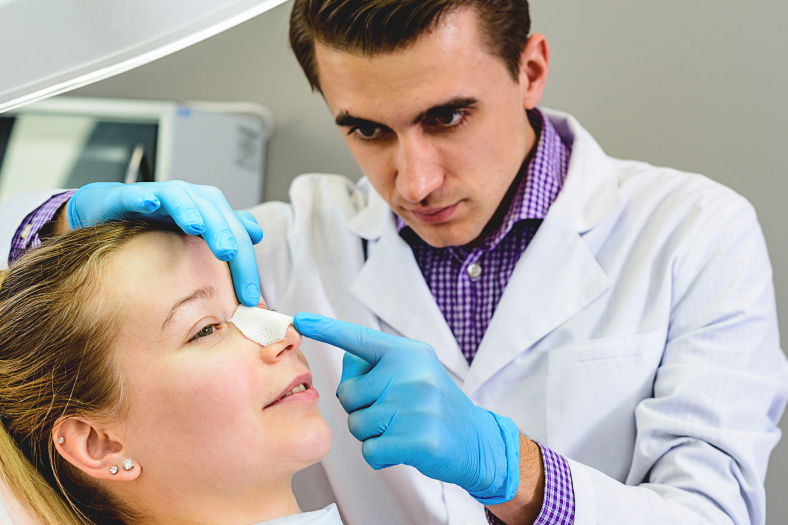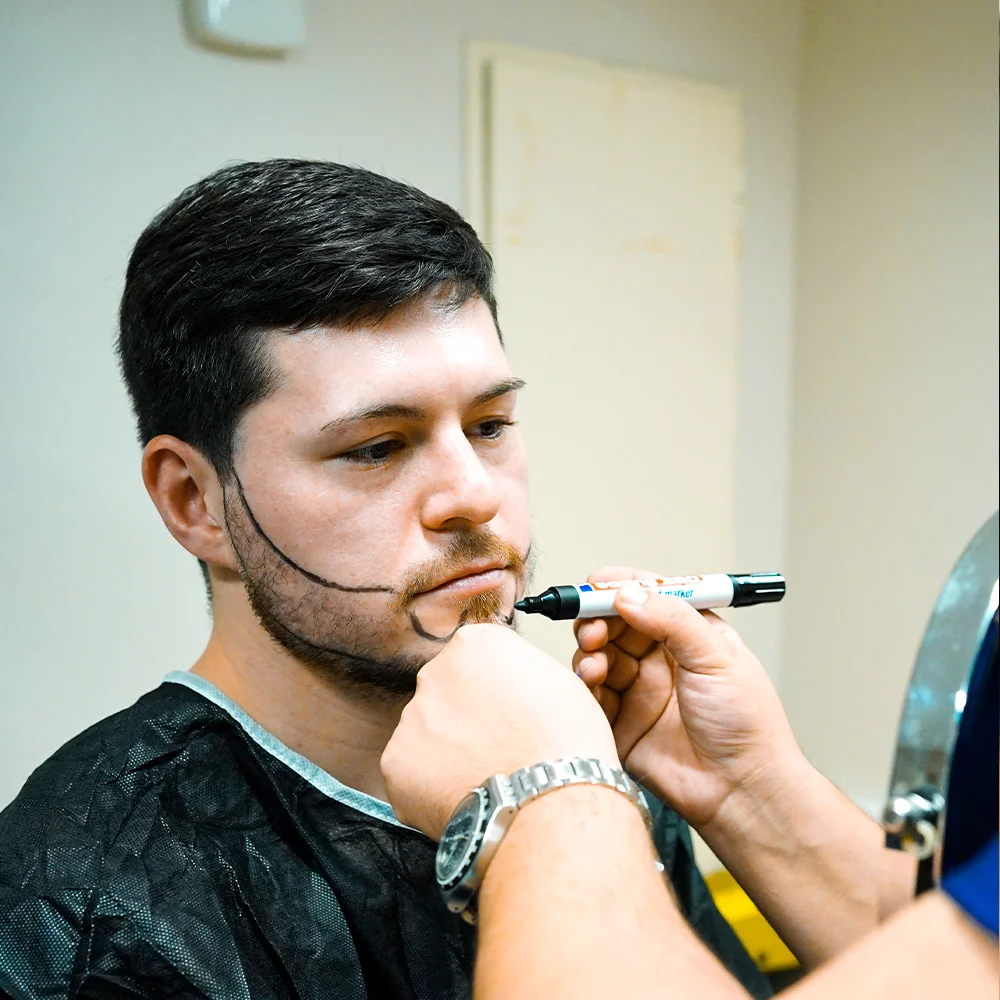ROOT CANAL TREATMENT
Your teeth have ‘roots’ that anchor them into your jawbone. Inside each of your teeth there is a mixture of blood vessels and nerves called pulp. Pulp sits inside a space called the pulp chamber and this extends down into the roots of the tooth. The pulp chamber within the root is called the root canal.
Why is root canal treatment needed?
If your tooth is damaged, bacteria can get inside it. This causes irritation, pain and swelling. If the pulp inside the tooth becomes infected, this can spread into the pulp inside the root canal.
The aim of root canal treatment is to prevent your tooth from being taken out by removing the damaged pulp and treating the infection.
You may need root canal treatment for a number of reasons, including:
- Severe tooth decay
- Repeated dental treatment on the tooth
- A cracked tooth
- A broken crown
- Cracked or loose fillings
- Gum disease
- An injury, such as a blow to your mouth
If the infection isn’t treated, it can spread further and cause an abscess, which is a collection of pus. This can be painful, tender and can cause swelling around your tooth and jaw.
Sometimes your tooth may look darker in colour than your other teeth, which means that the nerve inside your tooth is dead or dying.
What are the alternatives to root canal treatment?
Root canal treatment is used to save teeth, allowing you to keep a healthy, natural smile. The alternative to root canal is to remove the tooth completely, as the infection won’t heal on its own.
Your dentist will always try and save your natural tooth where they can, but they may suggest you have the tooth removed if it’s badly damaged or if you have severe gum disease, which prevents your tooth from healing after treatment.
What happens during root canal treatment?
Step 1
Once the area is numb, your dentist will place a thin rubber sheet inside your mouth. This is called a dental dam and covers everything except the tooth being worked on. It helps to keep the area around the tooth clean and stop the spread of any infection.
Step 2
Using a drill, your dentist will make a hole in the top of your tooth and remove the pulp. They will clean out the empty hole using small instruments and a liquid to disinfect the inside of the tooth and make sure all the infected material is flushed out. The instruments help to make the canals a more regular shape to enable the tooth to be filled and cleaned more precisely.
Step 3
Once the tooth is clean, your dentist will fill and seal it. Unless the dentist is sure that all infection has been removed, they will put in a temporary filling. You’ll then have a second appointment to have the tooth permanently filled. If your tooth is badly worn or is at risk of further damage, your dentist may suggest having a crown fitted, which is an artificial cap that fits over your tooth.



